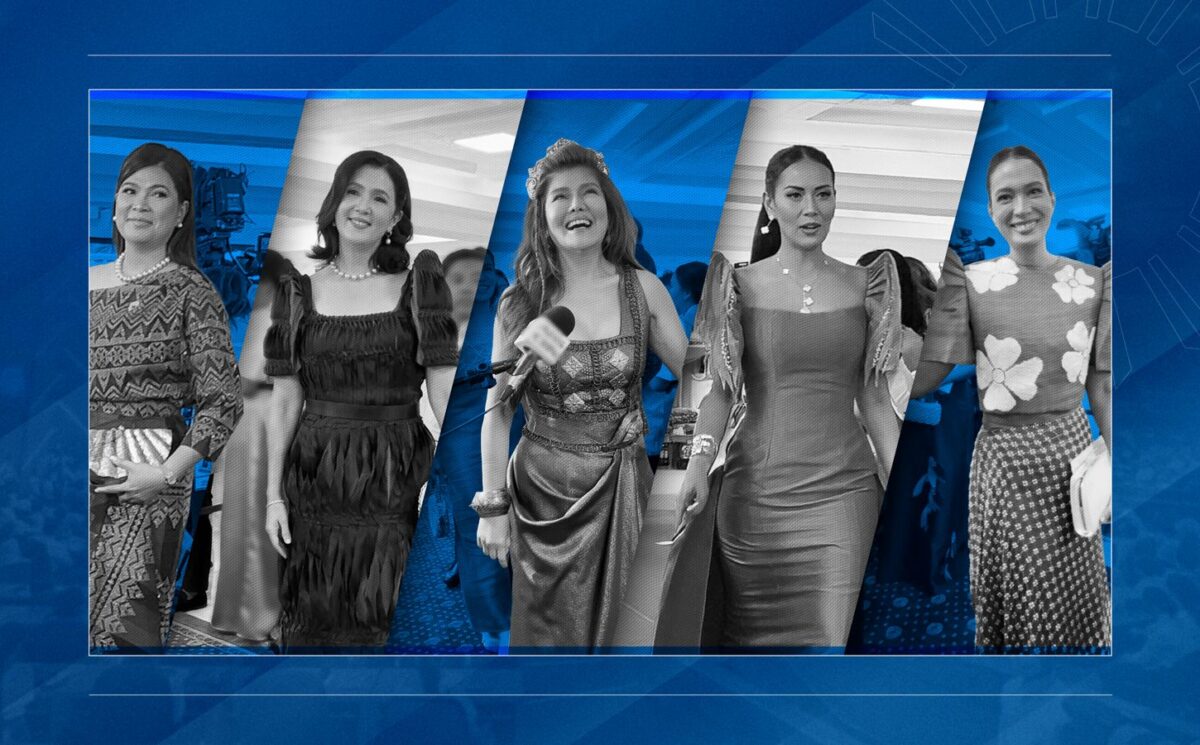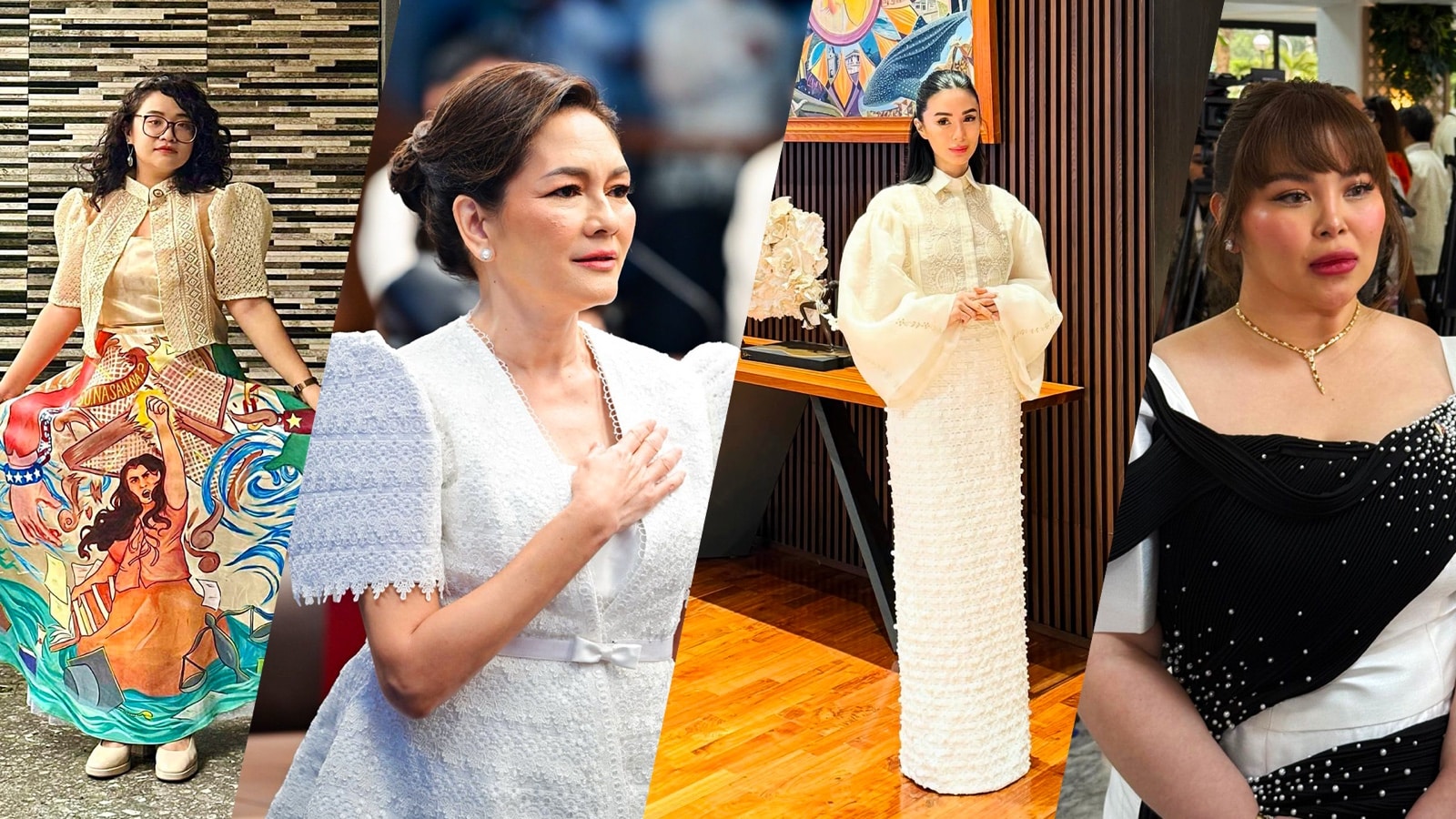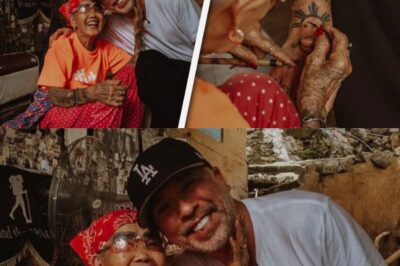The SONA 2025 red carpet will be nothing like the glamorous, star-studded showcases we’ve seen in the past. If you’re expecting glittering gowns, dramatic entrances, and a parade of political fashion statements this year—think again. The SONA 2025 red carpet is undergoing a major transformation, and what’s happening behind the scenes might just say more about our current national climate than any outfit ever could.
The House of Representatives has issued a directive: no more red carpet spectacle. The move comes in solidarity with victims of the three devastating typhoons that recently swept across the country. The usual SONA red carpet extravaganza, often likened to the Met Gala for its dazzling display of Filipino fashion, is being scaled back to focus on protocol rather than pageantry.

“There will be no staged ceremonies, fashion coverage, or photo setups,” a memorandum reads. Only brief, impromptu interviews will be allowed—far from the media frenzy and style parade we’ve grown accustomed to. This marks a return to a more solemn, purposeful SONA. But is this shift a one-time gesture, or does it signal the beginning of a more restrained, less theatrical political culture?
While SONA 2025 fashion won’t disappear completely, don’t expect your favorite stars and politicians to be dressed to the nines. Lawmakers and guests are still required to wear formal attire—Barong Tagalog for men and Filipiniana for women—but ostentatious gowns and photo-ready ensembles are strongly discouraged. There’s no official guideline on how “low-key” outfits must be, but the emphasis is clear: modesty over magnificence. According to the House memorandum, attendees are urged to avoid lavish displays and use discretion when choosing their wardrobes.
Historically, the SONA red carpet has served as a visual platform not just for fashion, but for political messaging and cultural pride. Designs have often highlighted Filipino identity, from indigenous weaves to modernized tribal silhouettes. Renowned Filipino designers such as Michael Leyva, Mark Bumgarner, Jo Rubio, Rajo Laurel, and Randy Ortiz have turned the SONA into a fashion showcase that rivals international red carpets.
Last year, the spotlight shone on creations that blended artistry with storytelling—garments that celebrated heritage while pushing aesthetic boundaries. It was more than just a fashion moment—it was a cultural statement. Will this narrative-driven fashion survive the pared-down version of SONA 2025?

Despite the muted mood, fashion watchers are still buzzing about potential appearances from the usual style icons. Even in modest attire, these personalities manage to make headlines with their thoughtful fashion choices.
Heart Evangelista, wife of Senate President Chiz Escudero, remains the queen of political fashion. Her ensembles—crafted by top Filipino designers—have consistently graced headlines, merging high fashion with heritage. Senator Loren Legarda, a known advocate of sustainable fashion, is famous for re-wearing and upcycling gowns, giving importance to environmental responsibility and local craftsmanship. Imee Marcos, ever the risk-taker, has used the red carpet to push boundaries—from Mindanao warrior-inspired looks to fantasy-themed costumes that sparked both admiration and debate. First Lady Liza Araneta-Marcos also commands attention for her understated yet sophisticated wardrobe, often seen in the works of international designer Lesley Mobo or local talent Michael Leyva.
Even if the traditional fanfare is missing, these women are expected to inject a dose of elegance and subtle symbolism into SONA 2025 fashion.
The decision to downplay the SONA 2025 red carpet is being praised by many as a much-needed shift toward empathy and austerity. But others question if the move might diminish public interest in an event that already struggles to connect with the average citizen.
Fashion at SONA has long served as a form of soft power—a way for public figures to communicate values, align with culture, and express identity. Will the absence of this fashion-forward narrative create a disconnect? Or will it encourage people to focus on the content of the speech rather than the clothes worn by the audience?
Here’s what we know so far about SONA 2025 red carpet logistics. There will be no red carpet coverage or photo setups. Doorstep interviews will still be allowed, under tight security protocols. No fashion features or media gimmicks will be allowed inside the North Wing. A formal dress code remains enforced, but with a strong nudge toward simplicity and dignity. Accredited media will still be stationed in key areas, but with limited access and restricted interaction. The grand displays and designer labels will take a back seat this time.

SONA 2025’s toned-down red carpet might feel like the end of an era, but it could also mark the beginning of something more meaningful. By stripping away the glitz, the focus shifts to policy, people, and purpose. The challenge now is to maintain that relevance and impact—with or without the gowns.
Still, fashion has a way of adapting. In fact, the absence of extravagance might inspire a new wave of ingenuity: designs with deeper stories, crafted with intention, and worn with quiet strength.
Don’t miss the live coverage of SONA 2025 this July 28. While the red carpet may be quieter, the political stakes—and the fashion signals—have never been louder.
News
Secret No More: Gerald Anderson and Gigi De Lana’s Private Wedding in Batangas Breaks the Internet – Here’s What You Missed!
Did Gerald Anderson and Gigi De Lana just get married in secret? Yes — and the internet can’t keep calm….
“She Was Gone for Minutes”: Mona Alawi Found Unconscious, Ivana Alawi in Tears – What Really Happened?
In a moment that shocked fans across the globe, Mona Alawi, the beloved younger sister of actress and YouTube star…
Hanggang sa Muli, Mahal Kita’: Why Rufa Mae Quinto’s Heartbreaking Farewell to Her Husband Is the Story You Can’t Ignore
Filipino actress and comedienne Rufa Mae Quinto is grieving the unexpected passing of her estranged husband, Trevor Magallanes, and the…
Jo Koy Blessed by Tattoo Legend Whang-Od: The Viral Moment Everyone’s Talking About!
Why did Jo Koy travel all the way to the remote mountains of Kalinga? What really happened during his visit…
Caught Red-Handed: Congressman Busted Watching E-Sabong During House Session – Tulfo Weighs In!
In a moment that sent shockwaves through the online community and the halls of Philippine politics, a congressman was caught…
Claudia Barretto Breaks Silence: The Real Reason Behind Julia and Gerald’s Breakup – You Won’t Believe What She Revealed!
When celebrity couples part ways, the public is often left in the dark—guessing, speculating, and waiting for answers. But not…
End of content
No more pages to load












